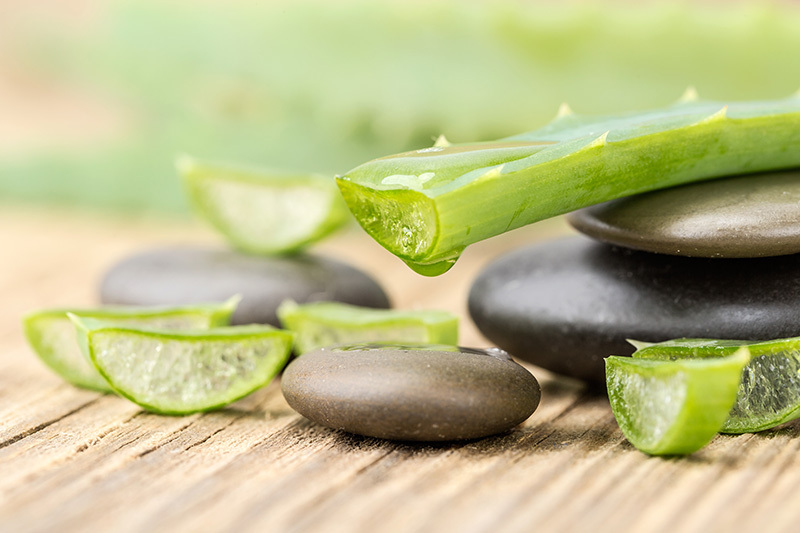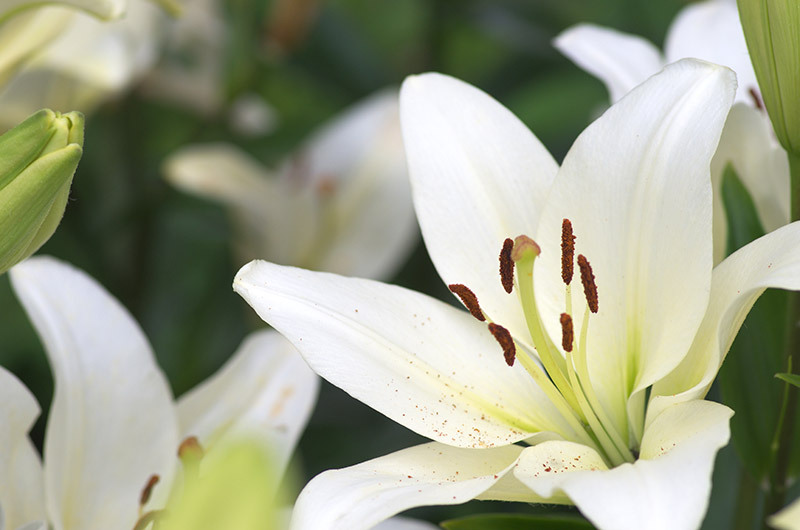Dive Into the Enigmatic Universe of Tulips: 7 Facts You Didn't Know
Posted on 17/08/2025
Dive Into the Enigmatic Universe of Tulips: 7 Facts You Didn't Know
Nothing signals the burst of spring quite like the tantalizing spectrum of tulip blooms. Revered for their breathtaking beauty and captivating history, tulips have graced gardens, palaces, and artwork worldwide. Yet, even the most ardent flower enthusiasts might not be aware of the astonishing tales and remarkable science behind these iconic blooms. In this deep-dive, we uncover seven lesser-known facts about tulips that will leave you marveling at their enigmatic universe.
The Timeless Allure of Tulips: A Brief Introduction
Tulips are much more than vibrant additions to our gardens--they're symbols of love, prosperity, and cultural transformation. Originally hailing from Central Asia, these stunning flowers have transformed the horticultural landscapes of continents. From Ottoman palaces to the storied fields of the Netherlands, the journey of tulips is intertwined with history, botany, and even economics.
While their elegance is universally admired, the genuine marvels lie hidden beneath their delicate petals. Let's embark on a journey and discover seven fascinating facts about tulips that will deepen your appreciation for these springtime wonders.
1. Tulips Once Sparked the World's First Economic Bubble
Did you know? The captivating tulip nearly toppled an entire economy! In the 17th-century Netherlands, the love affair with exotic tulip varieties spiraled into economic mania. This episode, aptly named Tulip Mania, is cited as the first recorded financial bubble in history.
The Rise and Pop of Tulip Mania
- Rare tulip bulbs, especially those with unusual streaks or colors, became a luxury symbol.
- Speculators traded bulbs at astronomical prices--sometimes even for the cost of grand houses!
- In 1637, the bubble burst, leaving fortunes lost and forever embedding tulips in economic history.
This intriguing episode illustrates how tulips have not only enchanted gardeners but have also shaped the world's economic conversations for centuries.
2. The Surprising Origins of Tulips
Most people associate sprawling fields of tulip flowers with the Netherlands, but their actual origins lie far east of Europe. Tulips were first cultivated in the wild mountain regions of Central Asia thousands of years ago.
Tulips' Journey from East to West
- Central Asia: Home to over 75 wild tulip species.
- Ottoman Empire: Sultans treasured tulips as symbols of paradise on earth, with the flower appearing in poetry, art, and court celebrations.
- Europe: Tulips reached Europe in the 16th century, quickly captivating the elite and laying the foundation for the Dutch tulip industry.
Understanding the origins of the tulip enriches our appreciation for this beloved bloom, revealing a journey as colorful as the flower itself.
3. Tulips Come in Nearly Every Color--Except Blue
One of the most thrilling aspects of tulips is their seemingly endless palette. These flowers boast dazzling shades of red, pink, yellow, white, purple, and more. However, if you're dreaming of a true blue tulip, you're out of luck.
The Elusive Blue Tulip
- Despite scientific advances, no naturally blue tulip has ever existed.
- Attempts to create blue pigments through selective breeding have led to purples and lavenders, but never a pure blue.
- Blue coloring in tulips remains a "holy grail" for horticulturists worldwide.
This fascinating limitation highlights the ongoing botanical mystery surrounding tulip coloration--yet another reason to admire these unique blooms.
4. Tulip Flowers Are Edible (With Caution!)
Surprisingly, tulip petals have a culinary history! During WWII, when food was scarce, some people in the Netherlands turned to tulip bulbs and petals for sustenance. However, eating tulips isn't without its risks.
Edibility and Caution
- Tulip petals are generally considered non-toxic and can be used as garnishes in salads or desserts.
- Tulip bulbs, on the other hand, contain compounds that can cause stomach upset or worse if eaten raw or in large quantities.
- Always ensure the flowers are untreated (no pesticides or chemicals) if you plan to experiment!
While novelty and history surround eating tulips, it's essential to approach this practice with caution and thorough research.
5. The Language of Tulips: What Do Their Colors Mean?
Just as roses communicate romance, tulips also use their vivid colors to convey hidden messages. In flower language, or floriography, each tulip hue has its own symbolism:
Tulip Colors and Their Meanings
- Red Tulips: Embody true love and passion.
- Yellow Tulips: Symbolize cheerful friendship and positivity.
- White Tulips: Express forgiveness, purity, and respect.
- Purple Tulips: Represent royalty and admiration.
- Pink Tulips: Denote affection and best wishes.
The next time you gift a bunch of tulips, you'll be imparting a beautifully nuanced message--with every color telling its own story!
6. Tulips Close at Night and Open in the Morning
Have you ever noticed that tulip blooms behave differently depending on the time of day? These flowers exhibit a fascinating phenomenon known as nyctinasty: the ability to close their petals at night and open them again with daylight.
The Science Behind Tulip Movements
- Petal movement is driven by changes in cell pressure due to temperature and light.
- This mechanism protects the delicate reproductive organs from nighttime cold and dewdrops.
- Nyctinasty is one of nature's subtle marvels, helping tulips thrive in their native habitats.
Next time you stroll through a garden at dawn, observe how tulips greet the sun--it's a daily dance that's as mysterious as it is beautiful.
7. Tulips Have Inspired Art, Literature, and Culture Across Millennia
Few flowers have left as profound a mark on human culture as the tulip. Their vibrant forms have fueled artistic imagination for centuries.
Cultural Legacy of Tulips
- Ottoman Turkeys: Tulip imagery adorned tiles, fabrics, and manuscripts, symbolizing abundance and divine beauty.
- Dutch Masters: Paintings rich with blooming tulip flowers abound in the Golden Age of Dutch art.
- Modern Festivals: From the Keukenhof Gardens in the Netherlands to Canada's Ottawa Tulip Festival, these stunning blooms draw millions of admirers annually.
The allure of tulips has transcended continents and centuries, blossoming into symbols of hope, love, and artistic inspiration.


Bonus: How to Cultivate Your Own Tulip Paradise
If these tulip facts have inspired you to grow your own patch of paradise, here are some quick tips for robust, colorful tulip gardens:
Top Tips for Thriving Tulip Beds
- Choose healthy bulbs: Firm, unblemished bulbs ensure vigorous blooms.
- Plant in fall: Tulip bulbs require a cold period to flourish in spring.
- Sunlight is key: Select a spot with at least 6 hours of sunlight per day.
- Good drainage: Too much moisture causes bulbs to rot; opt for well-drained soil.
- Spacing matters: Space bulbs at least 4-6 inches apart for healthier, broader displays.
With thoughtful planting and a touch of patience, you'll greet spring with beds ablaze with tulip color--each flower a testament to their mesmerizing history.
Conclusion: Why Tulips Continue to Enchant the World
From their ancient Asian origins and economic intrigue to their vibrant symbolism and botanical mysteries, the universe of tulips is as rich and varied as the colors in their petals. These flowers don't just brighten gardens; they connect the modern world to centuries of art, history, and culture. The next time you spot a tulip blooming, remember the fascinating secrets it holds--and share these seven tulip facts to deepen your own and others' appreciation for these enigmatic wonders.
Ready to dive even deeper? Let the captivating world of tulips inspire your garden, your table, and your imagination this season!







